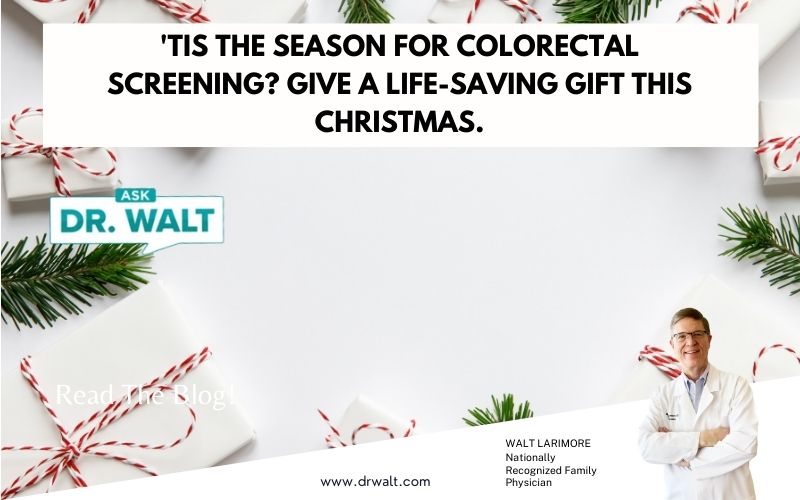Tanning beds even riskier than previously thought
California bans teens from tanning beds
October 23, 2011People who eat slowly consume fewer calories
October 24, 2011Indoor tanning beds may be even more likely to cause skin cancer than previously believed. New research published in the Journal of Investigative Dermatology suggests that the main type of ultraviolet rays used in tanning beds – UVA1 – may penetrate to a deep layer of skin that is most vulnerable to the cancer-causing changes caused by UV rays.
The new study comes as the U.S. Food and Drug Administration considers banning the use of tanning beds among children under 18. The American Academy of Pediatrics is on record that it supports such a ban.
HealthDay reports that the study ” suggests that the main type of ultraviolet rays used in tanning beds – UVA1 – may penetrate to a deep layer of skin that is most vulnerable to the cancer-causing changes caused by UV rays.”
In a study involving “12 volunteers … exposed to UVA1 and UVB rays on their buttocks,” researchers found that “UVA1 induced a type of lesion called thymine dimmers on the deeper basal layers of the skin.”
HealthDay points out that the study’s findings come as the Food and Drug Administration is contemplating a ban on the use of tanning beds by minors.
The damage investigators “saw in UVA exposed skin has been shown in other studies to lead to skin cancer,” WebMD reports.
One of the study’s authors pointed out that the findings “support a role for UVA protection in sunscreen.”
Currently, “sunscreens in the US don’t protect as well against UVA as they do against UVB.”
However, new FDA regulations due to go into effect during the summer of 2012 “could spur sunscreen makers to increase UVA protection in their products.”
Dr. Heidi A. Waldorf, director of Laser and Cosmetic Dermatology at Mount Sinai Hospital in New York City, said that the new study adds to the body of evidence about the damaging effects of the sun’s rays.
“This finding fits with our understanding of UVA as the deeper penetrating ‘aging’ rays,” she said. “The data is important as we discuss regulatory changes in the labeling of broad-spectrum sun protection products and as we educate patients, particularly young women, about the dangers of indoor UVA tanning beds.”
The FDA now requires sunscreens to have a minimum sun protection factor (SPF) of 15 and be labeled as broad spectrum to show that that protect against both UVA and UVB waves.
- California bans teens from tanning beds
- Could frequent tanning bed use become addicting?
- Dangers of tanning not hitting home
- AMA, other medical groups urge states to ban children under 18 from tanning salons
- Study: Tanning-bed use triples melanoma risk
- Indoor Tanning Poses Melanoma Risk; There Are NO Safe Devices
- One-third of young people who use tanning beds may be addicted to the behavior






